This post discusses the top 10 exercises for limited mobility.
Exercise is a vital part of living a healthy, well-rounded life.
It comes in many forms and is something everyone can do, regardless of mobility level.
In fact, if you have limited mobility, exercise is especially important and can benefit you in numerous ways.
Depending on your limitations, you can focus on specific parts of your body using items such as a chair, resistance bands, or even explore workout equipment and water-based exercises.
In this post, we’ll share the top ten exercises for limited mobility, perfect for people with disabilities or those recovering from an injury that affects what they can do.
Quick Note
If you want a simple plan to follow each day, my step-by-step walking guide for weight loss is available below!

Chair Exercises
If your mobility is limited when it comes to extended periods of walking or standing, chair exercises are a great way to stay fit while working with your body’s needs.
The beauty of chair exercises is their flexibility—chairs are easy to find, and the moves can be done at home, or even at work.
A sturdy chair that lets your feet rest flat on the floor is ideal. With these exercises, we’ll focus on improving posture, stability, flexibility, and strength using simple, accessible movements.
*Note*While many of these exercises are tailored for limited mobility, make sure to consult a medical professional before attempting them.
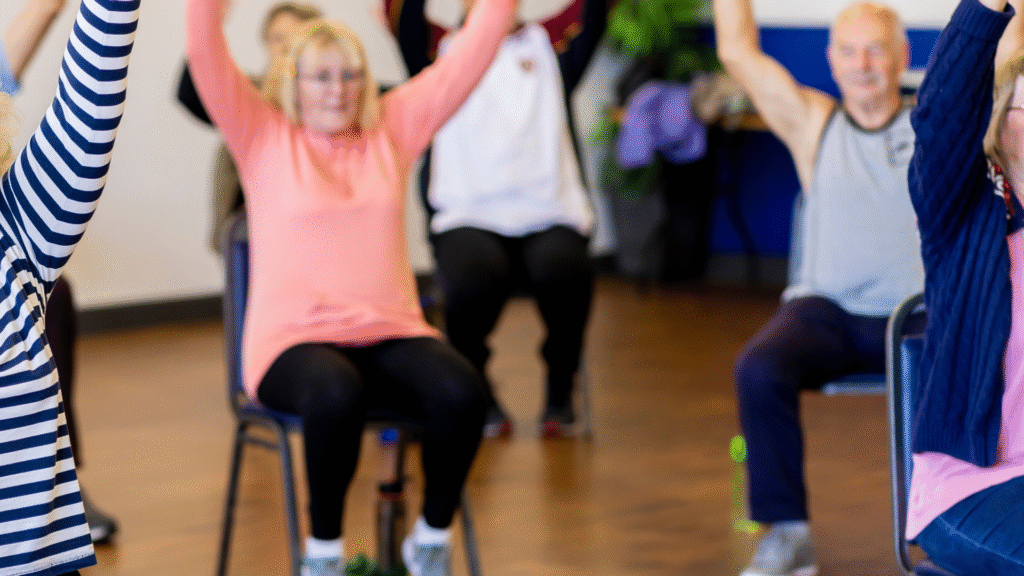
Seated Cat-Cow
For posture, a seated cat-cow movement can help improve spinal mobility and strengthen the back muscles.
Begin by sitting near the edge of the chair, leaving enough space behind you to create an arching movement.
As you lean forward and round your back, exhale deeply. On your next inhale, slowly uncoil, arching your back and creating a gentle curve in your spine.
Be careful not to strain your neck by dropping your head too far back—gently tilt it instead, paying attention to any discomfort. Repeat this exercise 5 to 10 times.
Seated Chair Marches
For stability, seated chair marches are excellent for strengthening the legs and core muscles, helping support your frame.
To perform this exercise, sit with your back against the chair in proper posture. Lift one leg, bringing your knee toward your chest as far as you comfortably can.
Hold for a few seconds, then lower your leg and repeat the movement with the other side.
Seated Overhead Stretch
There are many chair exercises for flexibility, depending on the area you want to target, such as seated cat-cow, overhead stretches, or bicep dips.
A simple option for those with limited mobility is the overhead stretch, which works the shoulders and back.
While sitting tall in your chair, raise one arm overhead, letting your fingers gently reach toward the center of your back, while your other hand supports the elbow.
Seated Punches
For strength, many weight-lifting exercises can be modified for those with limited mobility.
Bicep curls, triceps extensions, and seated overhead presses are all great ways to safely and effectively build upper body strength.
Seated punches are another excellent option, combining the stability of a seated position with powerful movements to help strengthen the shoulders.
To do them, sit in the chair with proper posture and feet flat on the floor, then punch the air with one arm at a time. Aim for 2 rounds of 10 punches on each side.
Seated Rows
Seated rows are a fun exercise that mimics rowing a boat and effectively strengthens the back and chest muscles.
Sit at the edge of your chair with your arms extended in front of you, then create a rowing motion by bending your elbows to a right angle.
Repeat this movement for 3 sets of 5 to 10 repetitions each. Keep your pace consistent and controlled, increasing speed only if it feels comfortable.
Standing Exercises
If your mobility allows you to stand for extended periods, these standing exercises are a great way to get your blood flowing and improve muscle strength.
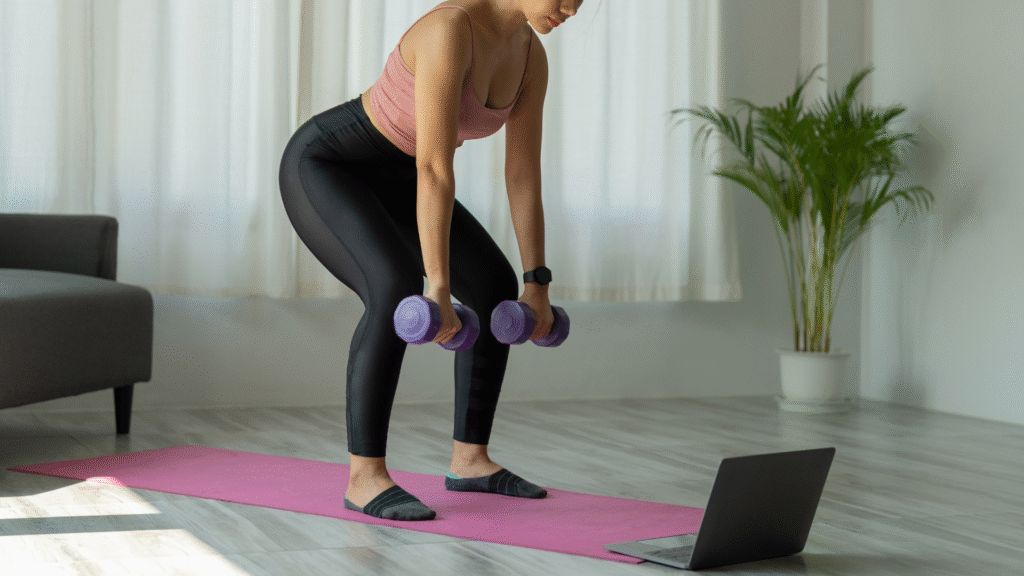
Chest Fly
The chest fly is a popular exercise that strengthens chest muscles used in daily tasks like carrying bags, washing your hair, or standing up from the couch.
To do it, you’ll need either a resistance band or very light dumbbells (no more than 5 pounds). Stand with your feet shoulder-width apart and knees slightly bent.
Extend your arms out to the sides, then slowly bring them back to the center, focusing on contracting your chest muscles and engaging your core. Aim for 3 sets of 10 to 12 repetitions.
Wall Push-ups
Wall push-ups are a modified version of traditional floor push-ups that help strengthen the chest and arm muscles.
To do this, stand facing a stable wall, lean in at an angle with your elbows bent, then push away until your body is back to a vertical position. Repeat this movement 15 to 20 times for 2 to 3 sets.
Calf Raises
Calf raises are simple to do and help support your hip joints. Stand with your feet hip-width apart, using a chair or wall for stability.
Lift your heels until you’re on your toes, pause for a few seconds, then slowly lower back down. Beginners can start with 2 to 3 sets of 10 to 15 repetitions.
As you become more comfortable, you can increase the speed or number of repetitions.
Single Leg Raises
Single leg raises may be a slightly more advanced exercise for limited mobility, but they can be done both standing and sitting.
To perform this movement, maintain good posture and lift one leg straight out in front of you, keeping it below hip level.
If this isn’t comfortable, raise your leg as high as you can or try the alternative by lifting your knee toward your chest. For added support, perform the exercise seated or hold onto a chair or wall.
Good Mornings
Good mornings are great for stretching the lower back and strengthening leg muscles.
To start, stand with your feet shoulder-width apart and place your hands either crossed over your chest or behind your head to support your neck.
Keeping your back straight, lower your torso forward by hinging at the hips, as if you’re pushing your butt back to gently nudge something behind you.
When your torso is parallel to the floor, slowly return to a standing position. Repeat this exercise for 2 to 3 sets of 10 to 15 repetitions.
Overcoming Limitations
These limited mobility exercises demonstrate that, even with challenges, you can find effective ways to stay active and improve your body.
By using modifications and alternative versions, you can achieve results that help keep you strong and healthy.
Many of these exercises offer flexibility, allowing you to incorporate different tools—from resistance bands to a wall in your home.
It’s important to remember that exercises can often be done standing or sitting, depending on what feels best.
You can adjust movements yourself by easing strain or changing the speed to match your pace and ability.
With these 10 limited mobility exercises, you can start or continue your fitness journey and improve your overall well-being.

Guest Post

Brittany Strong has an associate’s degree in communications and is an engineering major at Florida Atlantic University. When she’s not in school developing apps, you can find Brittany playing with her Morkie Terrier or digging into a classic fiction novel.

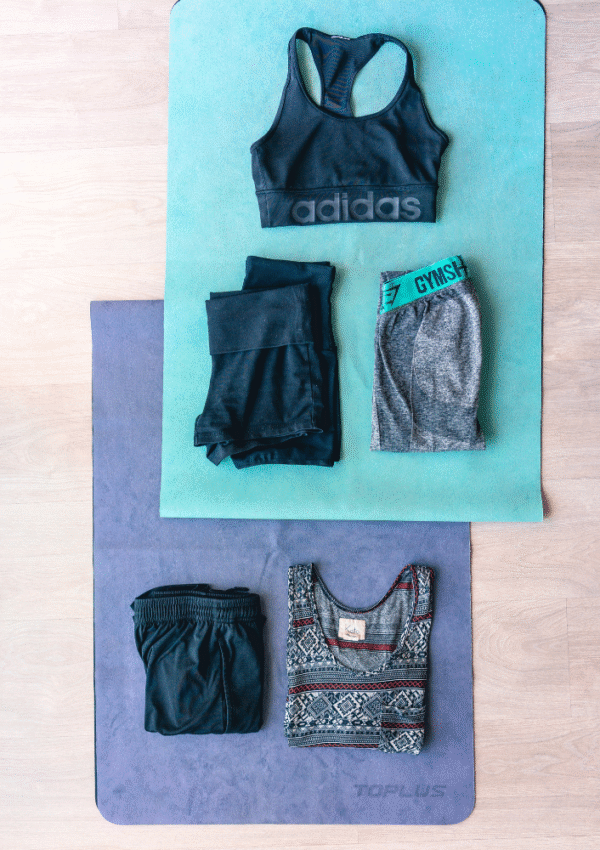
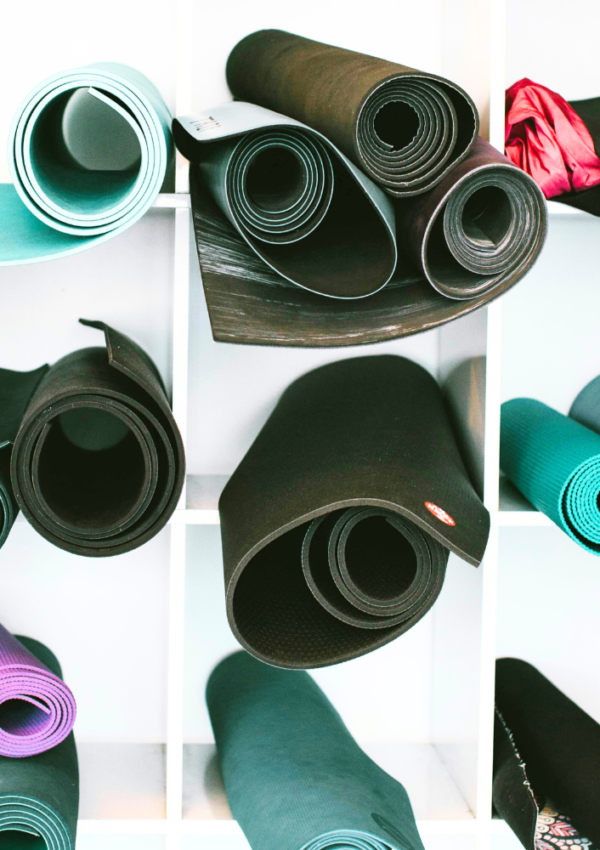
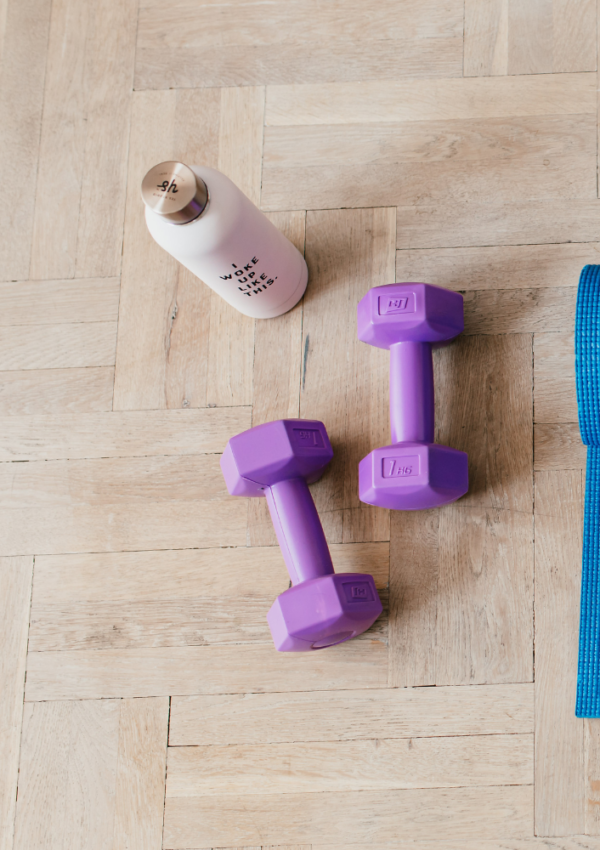
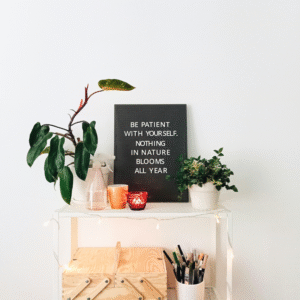

Leave a Reply